Body Parts
Use the buttons below to show resources for specific body part
Resources related to back
Sciatic nerve glides help relieve tension along the sciatic nerve pathway, reducing discomfort in the lower back, glutes, and legs. Perfect for those with sciatica, desk workers, and anyone experiencing nerve-related pain or stiffness. Promote flexibility and ease of movement with these gentle, targeted exercises.
Sciatic nerve glides in a seated position target sciatica and nerve pain radiating down the leg, providing relief and improving mobility. Ideal for desk workers, drivers, or anyone with sciatic discomfort, these exercises help ease tension along the nerve, promoting comfort and flexibility in daily activities.
The glute bridge on a stability ball engages and strengthens the glutes and core, promoting balance and back support. Ideal for individuals aiming to improve hip stability, reduce lower back strain, and enhance overall core strength, this exercise builds functional stability and boosts glute activation.
The 4-point kneeling hip extension with a resistance band targets glute and hip strength, improving stability and control. Ideal for athletes, those rehabbing hip or lower back issues, and anyone looking to enhance core support, this exercise promotes hip alignment and balanced muscle activation.
Sitting on a stability ball for hip flexor activation engages the core and strengthens pelvic floor endurance, supporting posture and stability. Ideal for individuals seeking improved balance, core control, and lower body strength, this exercise enhances core endurance and promotes pelvic alignment.
The side plank exercise builds shoulder stability and core strength, essential for balanced upper body control. Ideal for athletes, individuals rehabbing shoulder injuries, and anyone aiming to improve posture, this exercise enhances shoulder endurance, supports joint alignment, and promotes full-body stability.
The lying sciatic nerve glide stretch helps relieve tension along the sciatic nerve, reducing pain and improving flexibility in the lower back, glutes, and legs. Ideal for those with sciatica or nerve-related discomfort, this exercise promotes gentle nerve mobility, easing stiffness and enhancing comfort in daily activities.
The hip and back advanced strengthening exercise targets core stability and lower body strength, essential for supporting functional movement and reducing injury risk. Ideal for newly pregnant women who are recovering from back issues, and anyone looking to improve overall stability. This exercise enhances hip power and back endurance for improved performance and resilience.
The reverse butterfly exercise targets the upper back muscles, enhancing posture and shoulder stability. Ideal for individuals with rounded shoulders, desk workers, and those aiming to strengthen their upper back, this exercise improves shoulder alignment, reduces strain, and promotes balanced upper body strength.
The seated trunk rotation against a resistance band targets back and core muscles, enhancing rotational strength and control. Ideal for athletes, golfers, cricketers, individuals with back discomfort, and anyone aiming to improve core stability, this exercise builds resilience in the spine and promotes balanced movement.
The seated back twist stretch relieves tension and improves mobility in the spine, making it ideal for office workers who sit for extended periods. This stretch promotes spinal flexibility, reduces stiffness, and supports better posture, helping you feel more comfortable throughout the day.
The seated-on-ball pull-ups against a resistance band exercise targets back and hip strength, making it effective for rehabilitation. Ideal for improving stability and control, this movement supports back alignment, strengthens hip muscles, and enhances core engagement for a balanced recovery.
Lunges with trunk rotation while holding a ball enhance knee and back coordination, promoting stability and control. Ideal for building lower body strength and core engagement, this exercise supports knee alignment, improves balance, and strengthens rotational movement for a well-rounded functional workout.
The trunk rotation stretch in the supine position gently releases upper back tension, promoting flexibility and relaxation along the spine. Ideal for relieving stiffness and improving rotational mobility, this stretch supports better posture and reduces upper body discomfort.
The resistance band behind-the-head pull exercise activates postural muscles, helping improve posture by increasing muscle tone and stability in the upper back and shoulders. This exercise supports better alignment, reduces slouching, and promotes a strong, upright posture, making it ideal for combating the effects of prolonged sitting.
Understanding chronic pain. If you are experiencing pain that has lasted for more than a year, chances are your nervous system has been wired to become more sensitive to pain. Whilst our physiotherapists are able to help you with effective pain-relief, it is important for you to understand that sometimes the pain intensity does not equate to your injury severity. Understanding this helps giving you perspective, and will give you the much needed courage to continue improve.
Hydrotherapy is important for joint wellbeing. We encourage hydrotherapy for physical recover after surgery as well as after intense amount of sports. Hydrotherapy is also recommended for our clients under NDIS who has chronic disability with upright walking.
How core muscles are protectors of your spine, and how do you make sure that their natural muscle tone supports your posture. The key is not to consciously keep your core activated - that is a very outdated. The key is to have that core muscle tone so it supports you without thinking about. That is core stability and core control!
A high percentage of lower back pain originates from the sacroiliac joint (SIJ), a common but often overlooked source of discomfort. The good news? SIJ-related pain is highly treatable. With targeted assessment and therapy, our physios can help relieve your pain and restore comfortable movement.

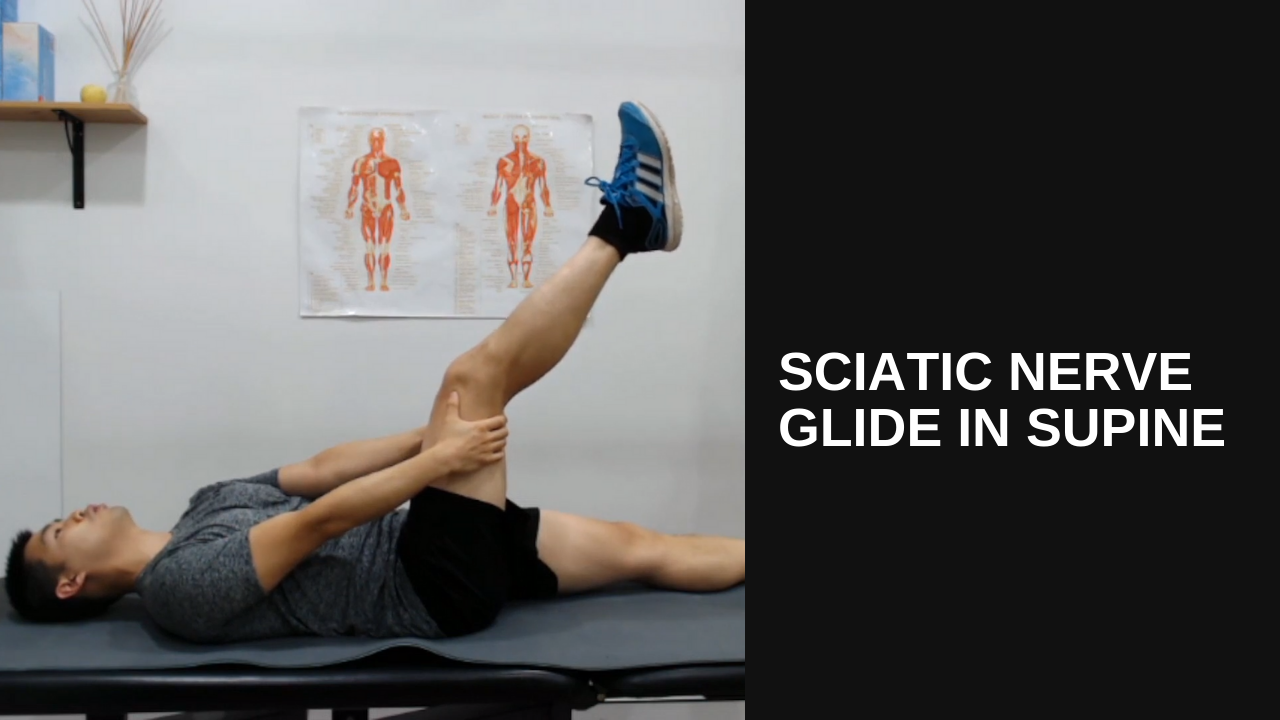


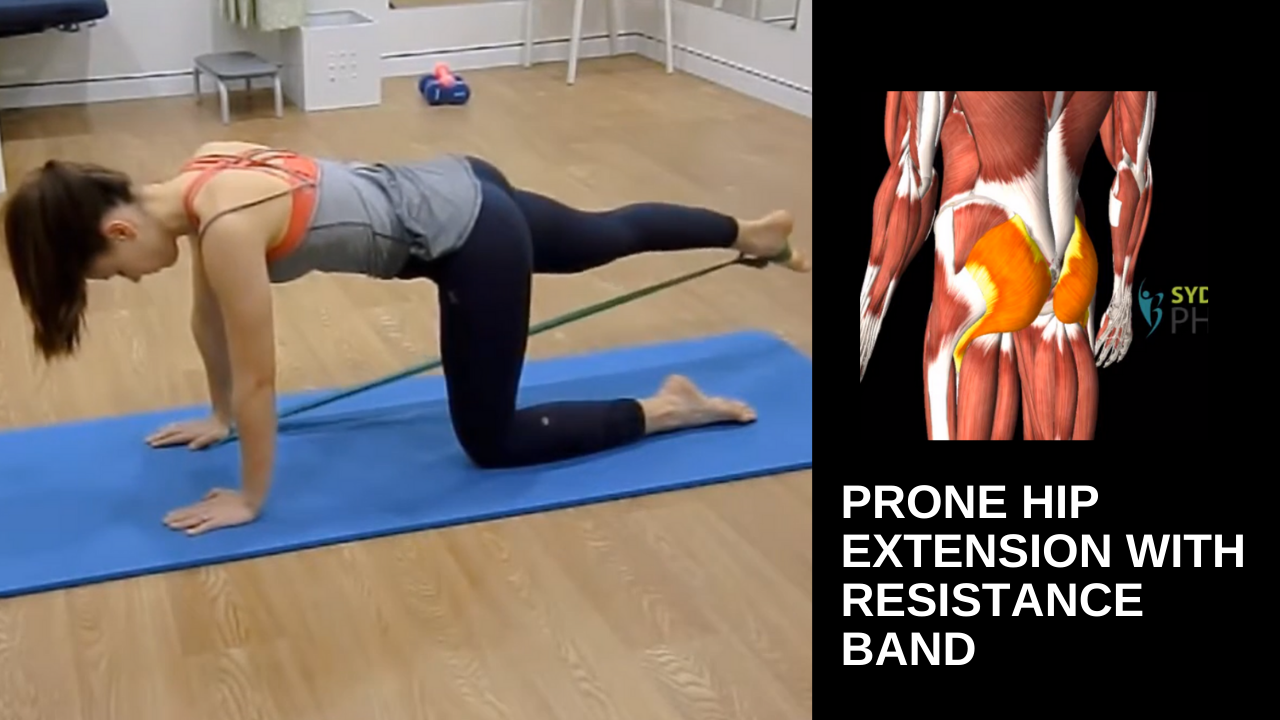


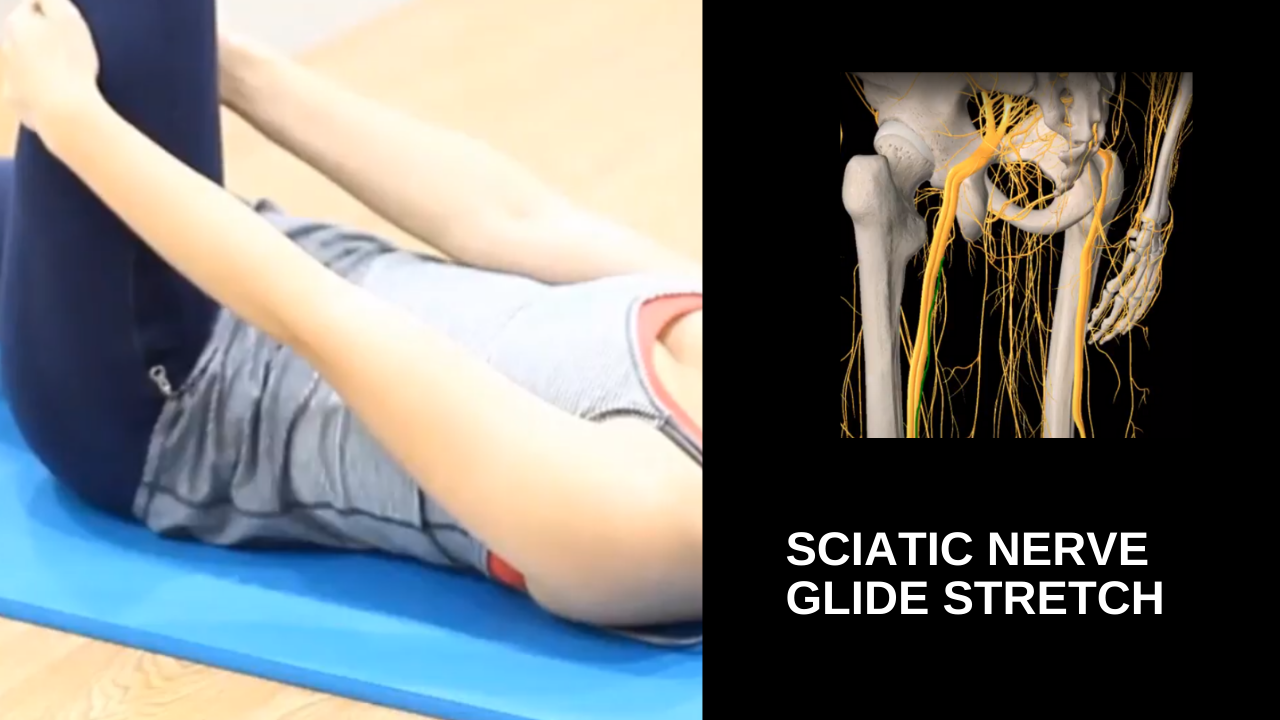



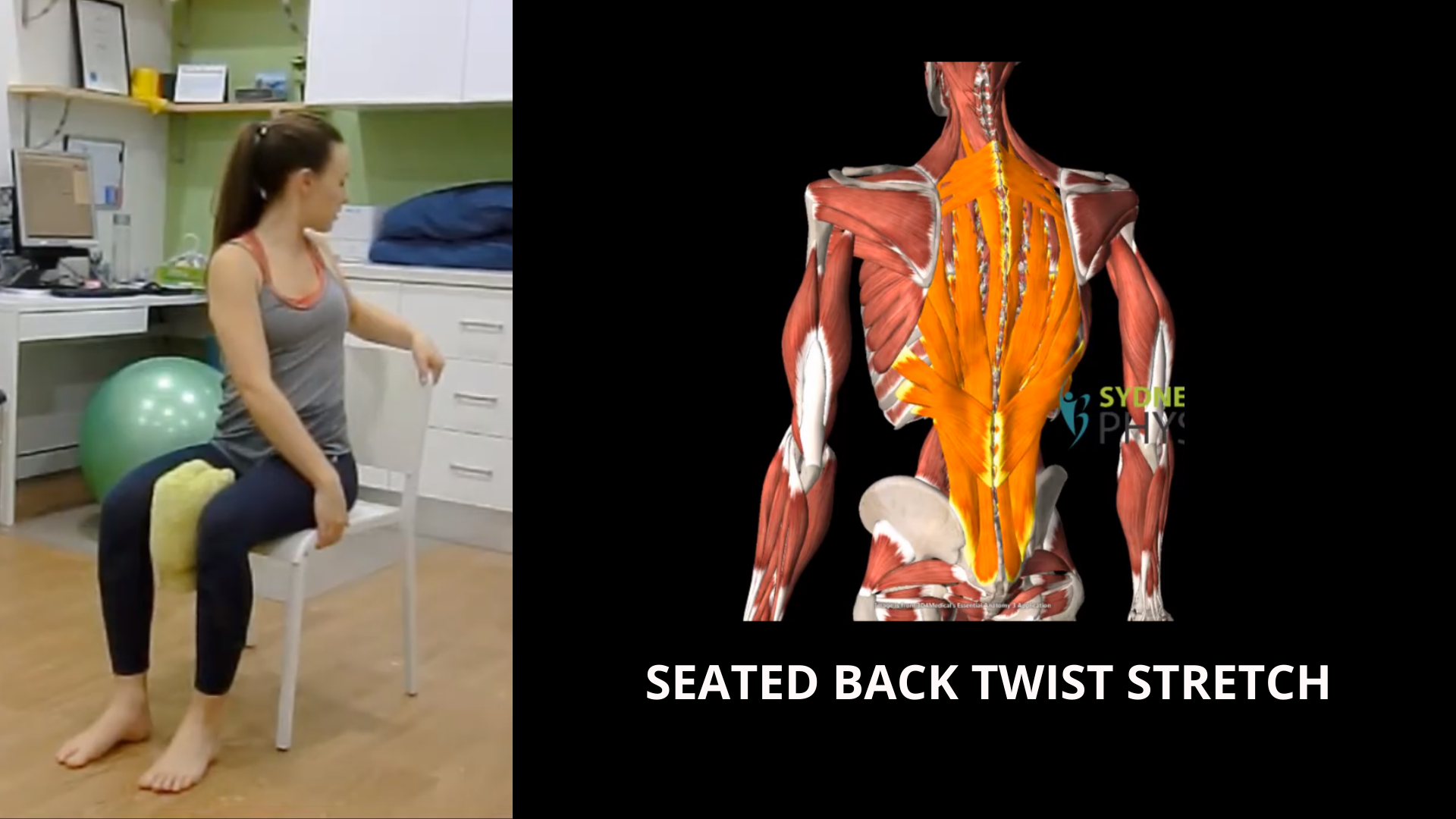
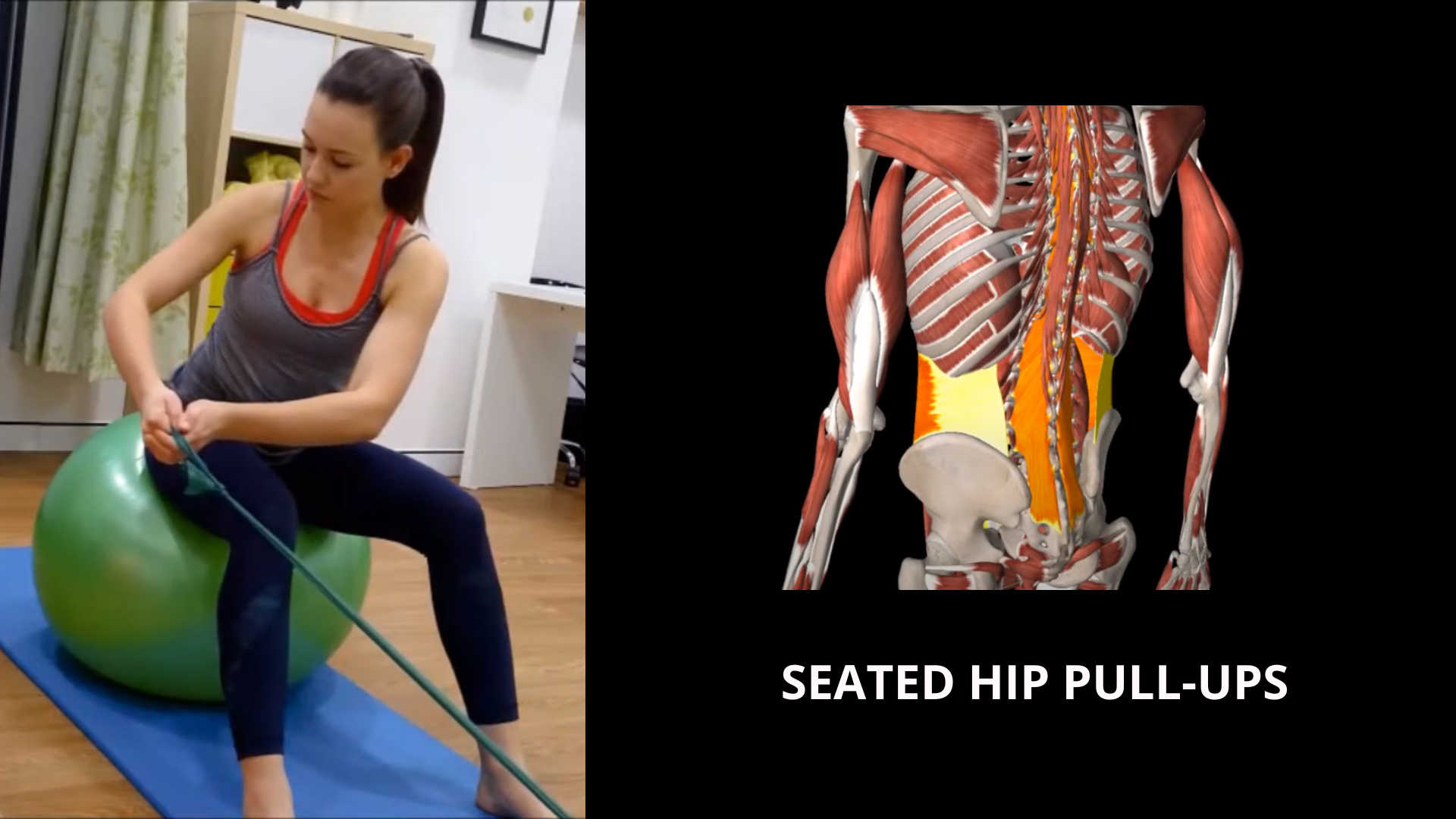















This supine core exercise targets deep abdominal muscles to support and protect the lower back. Ideal for anyone with back pain, desk workers, and individuals aiming to enhance core stability, it strengthens the core, reduces strain, and promotes better posture and back health.